William Alexander Leidesdorff Statue
Introduction
Text-to-speech Audio
Images
Portrait of Alexander Leidesdorff 1810- 1848
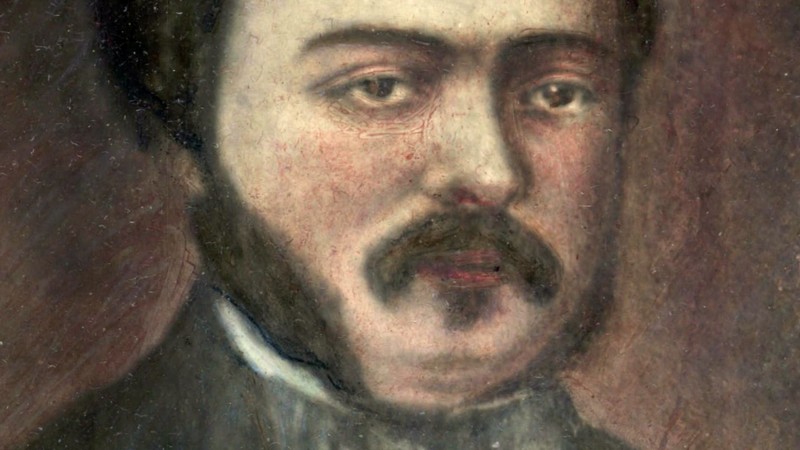
Portrait of Alexander Leidesdorff 1810- 1848
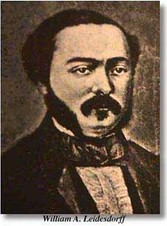
Statue of Alexander Leidesdorff, sculpted by Bay Area artist Bruce Hasson
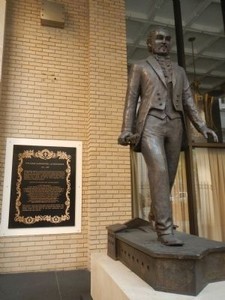
Plaque behind the statue of Leidesdorff describing his many accomplishments
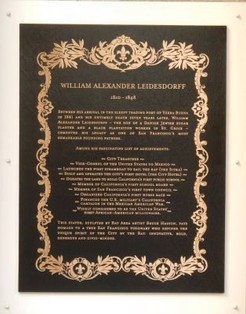
Photograph of the First African American Millionare, William Alexander Leidesdorff
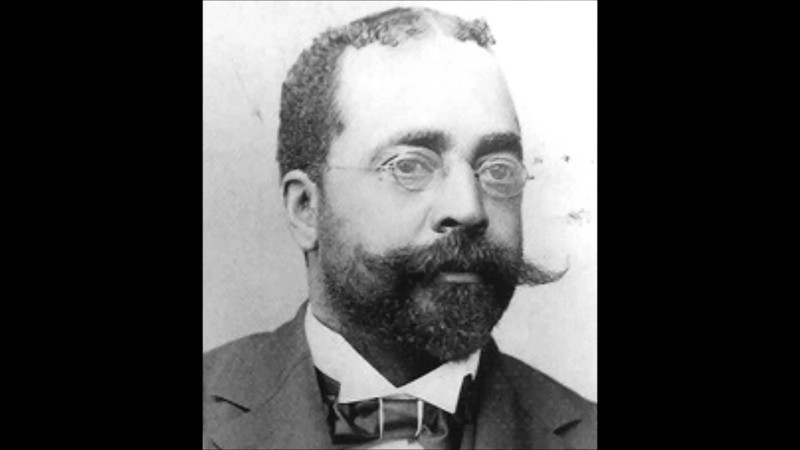
Backstory and Context
Text-to-speech Audio
Alexander Leidesdorff was born in 1810 on the island of St. Croix in the Danish West Indies. As a young man, Leidesdorff left the islands and ventured to New Orleans. There he became a master of the boat, Julia Ann which sailed between New Orleans and New York. Shortly after he had his sights on the coast of California. He landed in Yerba Buena Cove and settled in the small town in 1841.
Leidesdorff only live in California for eight years but in that time, achieved a number of “first” while there. He launched the first steamboat to sail on San Francisco Bay, The Sitka. He built the city’s first hotel, City Hotel and built the first shipping warehouse. Leidesdorff also gave his attention to the politics of the town and was elected the Vice- Consul of the United States to Mexico making him the first African American diplomat. He also donated some of his land in the town to build California’s first public school and was elected to be on the first school board in 1847.
In 1848 Leidesdorff died of brain fever leaving a large estate behind and the title of San Francisco’s wealthiest man. That same year, gold was discovered on his property raising its value to over a million dollars which is more than $30 million today. Leidesdorff was beloved by his community and received high honors and respect at his funeral. He was a visionary and actively aided in transforming the undeveloped city of San Francisco into the great city it is today.
Sources
Thurman, Sue Bailey. WILLIAM ALEXANDER LEIDESDORFF. Virtual Museum of the City of San Francisco. http://www.sfmuseum.net/bio/leidesdorff.html.
Washington, Guy M.. Leidesdorff, William Alexander (1810-1848). Black Past. http://www.Blackpast.org/aaw/leidesdorff-william-alexander-1810-1848.
Troy, Gil. America's Forgotten First Black Millionaire And Inventor of San Francisco. Daily Beast. https://www.thedailybeast.com/americas-forgotten-first-Black-millionaire-and-inventor-of-san-francisco.
Parker, Elizabeth L.. William Leidesdorff Unfinished History. Found SF. http://www.foundsf.org/index.php?title=William_Leidesdorff.
